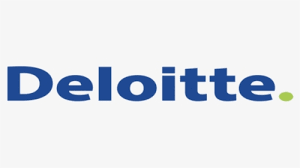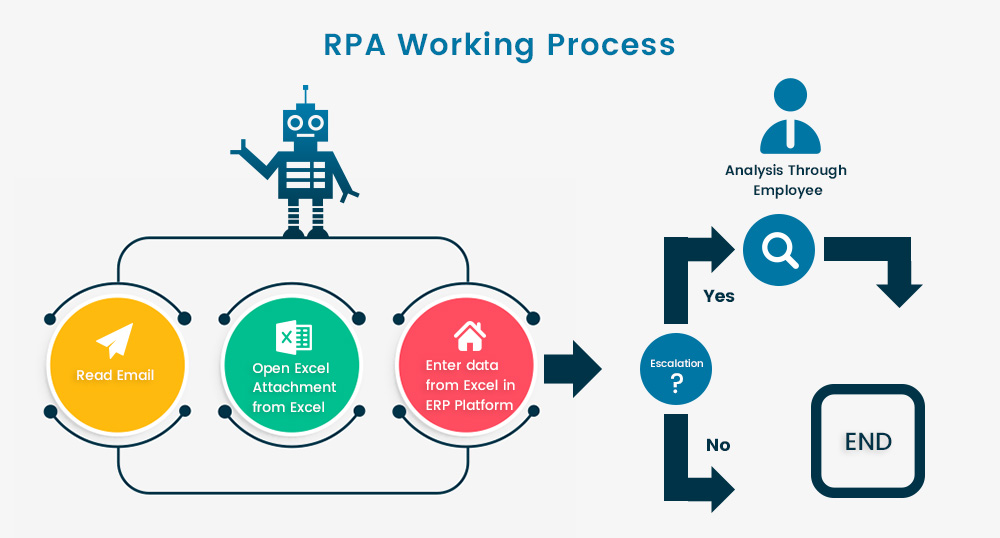My experience as a Risk Advisory Analyst in Deloitte
In this article, Nithisha CHALLA (ESSEC Business School, Grande Ecole Program – Master in Management, 2021-2023) shares her experience as a Risk Advisory Analyst in Deloitte.
About the company
Deloitte is one of the Big Four accounting firms along with EY (Ernst & Young), KPMG, and PricewaterhouseCoopers (PWC). It is the largest professional services network (with teams in different countries working together) by the number of professionals and revenue in the world, headquartered in London, England. The firm was founded by William Welch Deloitte in London in 1845 and expanded into the United States in 1890. Deloitte provides audit, consulting, financial advisory, risk advisory, tax, and legal services with approximately 415,000 professionals globally. In fiscal year 2021, the network earned a revenue of US$50.2 billion in aggregate. Additionally, a few of Deloitte’s largest customers as of 2021 includes Morgan Stanley, The Blackstone Group, Berkshire Hathaway, etc.
Logo of Deloitte.

Source: Deloitte.
As a risk advisory analyst, I had the opportunity to read a lot of surveys that Deloitte conducted on an annual basis to assess work ethics, strategy and their influence on a particular business line. In order for individuals to relate, these polls also provide an overview of the global standing in the relevant business sector. The 11th edition of the Global Risk Management Survey states that despite the relatively stable global economy, risk management is currently dealing with numerous significant impending risks that will force financial service institutions to reconsider their traditional methods. The company also maintains that risk management must be integrated into strategy so that the institution’s risk appetite and risk utilization are important factors to consider.
My experience as a Financial Risk Advisory Analyst at Deloitte
My hands-on experience with risk management and its applications kick-started with my first profile in the Anti-Money Laundering division after graduation as a Financial Risk Advisory Analyst at Deloitte USI (Deloitte USI is a division of Deloitte US that serves customers of the US member firm and is physically located in India.). In this project, I worked for an international bank to audit and assess the company’s customer risk.
My responsibility at work
As an employee in the Risk Advisory department at Deloitte, I provided a host of advanced services to an international bank. I conducted Enhanced Due Diligence for the client’s high-risk and high-net-worth customers through sources of origin and transactions that exhibit irregular behavior. A large part of my work was to minimize or optimize risk, in maintaining the highest standard of financial understanding, I undertook regular risk assessments. The nature of my tasks has brought me close familiarity with numerous domains, highlighting clientele involvement in economically sensitive industries and geographies all over the world.
The work involved holistic net-worth assessment for high-profile customers in accordance with their diversified financial portfolios. The team starts by researching the client and using public records to confirm any criminal history. The team then determines the customer’s net worth by conducting a thorough analysis of the client’s varied sources of income, including a family trust, an inheritance, self-employment, and stock investments. Additionally, the team examines the transactions to look for any potential signs of money laundering.
The whole process is carried out in accordance with the three stages:
- Placement
- Layering
- Integration
The first step in money laundering is depositing illegal funds in financial institutions to make them appear legitimate. This entails splitting up larger sums of money into smaller, less noticeable amounts, transporting cash across borders to deposit the money in foreign banks, or purchasing pricey items like fine art, antiques, gold, etc. Once the money has entered the financial system, it is moved around, or layered, from one place to another in an effort to conceal criminal activity.
For instance, buying an antique item with the money and selling it later to fund the establishment of a holding company or non-financial trust. These financial entities, which are typically corporations or limited liability companies (LLCs), hold the controlling stack of their subsidiary companies and, as a result, oversee the management of child companies without getting directly involved in their day-to-day management.
Another example would be by locating the holding company in a region with a low tax rate. These controlling companies are simple to establish and can significantly reduce the tax burden of the entire corporation. If a child company declares bankruptcy, the holding company, which may hold additional child companies or portions of child companies, is shielded from the loan creditors. After the money appears legitimate, the money is integrated into the system to gain profit. At this stage, identifying black money is very difficult for the bank system.
My missions
My job has broadened the scope of my leadership abilities, and I have led a group of five analysts for a quality check to ensure that projects with strict deadlines are completed on time and to the standard of quality that clients have come to expect from the company. I’ve received several spot awards during my time at Deloitte for my willingness and capacity to go above and beyond.
By establishing a scope to coordinate with on-site teams and executives across geographies, I have gained significant international exposure in the comparatively brief time I have spent at Deloitte. Additionally, I’ve had a profound introduction to the procedures that enable experts to identify elements that pose risks to the regular functioning of enterprises, and thus eliminate and streamline the same.
What I have gained from the job
The following points mentioned below are a brief sum-up of what I learned through my full-time role in the project:
Tax obligations in various jurisdictions
The tax is calculated for a company based on the base location irrespective of how money is flowing into the company.
Different financial entities
The functioning, policies, and structure are different for different entities like LLCs, LLPs, holding companies, non-financial trusts, etc.
Beneficial Ownership
One company can have multiple form of owners, like joint ownership, proprietorship, or partnership, and in a such complex model, how beneficial ownership is decided.
Required skills and knowledge
The hard skills I needed to make presentations or scatterplots when I first started working included knowledge of Money Laundering, Microsoft Suite and Excel. Since the projects associated with these business lines are typically enormous, having solid soft skills will make it easier to manage them. Good soft skills, compliance, teamwork, and cooperation are necessary on an individual level.
Key concepts
I developed below key concepts that I use during my job.
Know your customer (KYC)
Know Your Customer (KYC) can also refer to Know Your Client. Financial institutions are protected by Know Your Customer (KYC) regulations from fraud, corruption, money laundering, and financing of terrorism. When opening an account and on an ongoing basis, KYC checks are required to identify and confirm the client’s identity. In other words, banks need to confirm that their customers are actually who they say they are.
Due Diligence
It refers to the procedures employed by financial organizations to gather and assess pertinent data regarding a customer. It seeks to identify any potential risk associated with doing business with them for the financial institution. The procedure entails assessing public data sources, including firm listings, private data sources from third parties, or government sanction lists. Meeting Know Your Customer (KYC) standards, which differ from nation to country, involves conducting extensive customer due diligence.
Anti-Money Laundering (AML)
The network of rules and norms known as anti-money laundering (AML) aims to expose attempts to pass off illegal money as legitimate income. Money laundering aims to cover up offenses like minor drug sales and tax evasion as well as public corruption and funding of terrorist organizations. AML initiatives seek to make it more difficult to conceal the proceeds of crime. Financial institutions need rules to create regulated customer due diligence plans to evaluate money laundering risks and identify questionable transactions.
Why should I be interested in this post?
I believe that this post’s description of anti-money laundering, a significant business sector of Risk and Financial Advisory, might be very helpful to those interested in pursuing professions in finance. It will help them bridge the gap between real life work experience and theoretical knowledge. My understanding is that this article also provides a quick overview of the auditing and RFA (risk and financial advisory) work environments at Deloitte, one of the Big Four organizations.
Related posts on the SimTrade blog
▶ All posts about Professional experiences
▶ Basma ISSADIK My experience as an M&A/TS intern at Deloitte
▶ Anant JAIN My internship experience at Deloitte
▶ Pierre-Alain THIAM My experience as a junior audit consultant at KPMG
Useful resources
About the author
The article was written in January 2023 by Nithisha CHALLA (ESSEC Business School, Grande Ecole Program – Master in Management, 2021-2023).





